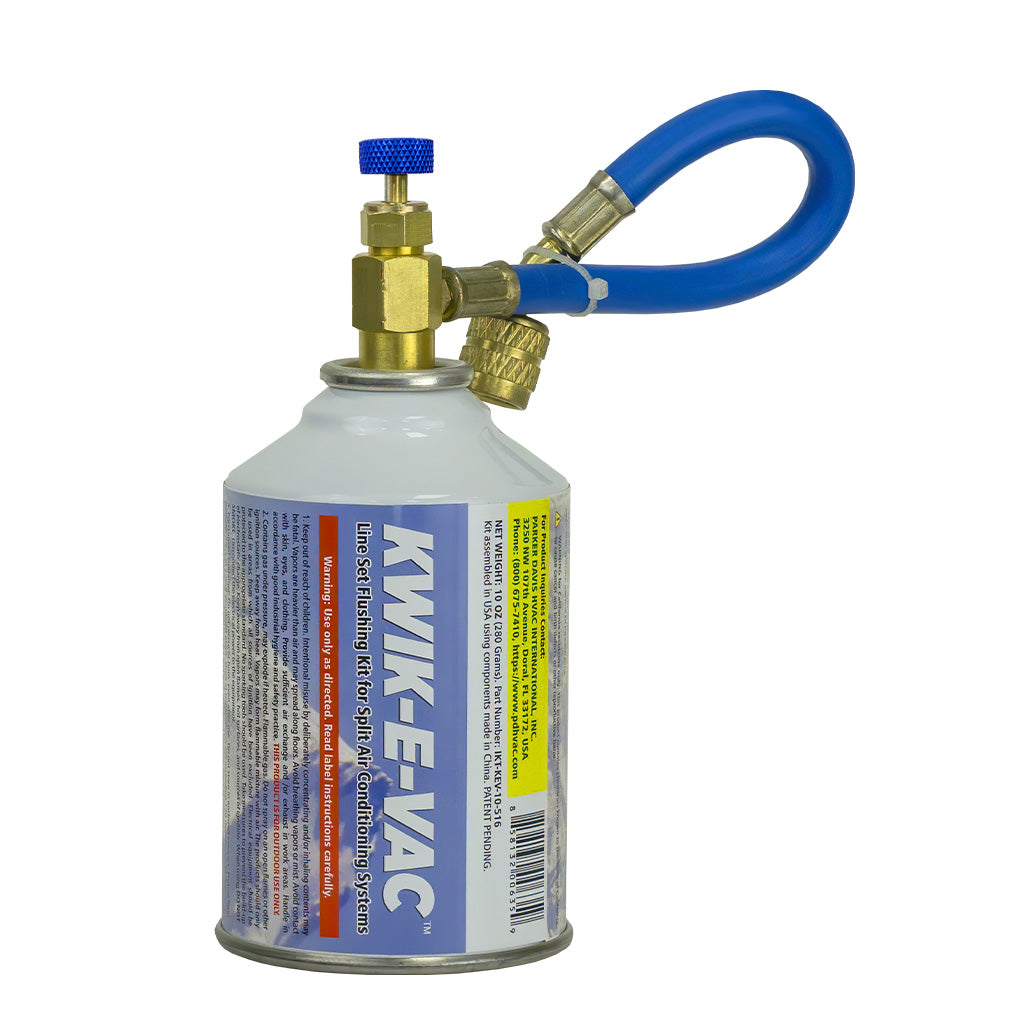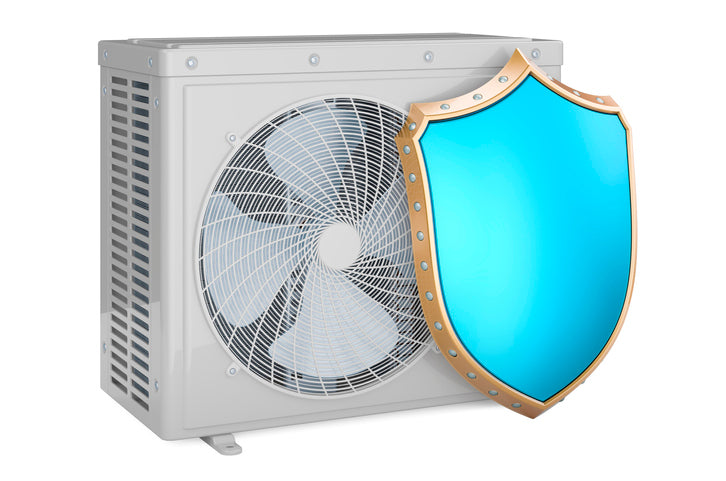A Guide to Understanding Energy Rebates for Mini Splits

When it comes to home heating and cooling, energy efficiency matters—a lot. Mini-split systems, known for their sleek design and impressive efficiency, have become a preferred choice for homeowners looking to save on energy costs. But did you know you can save even more by taking advantage of energy rebates?
If you’re a homeowner interested in cutting costs and reducing your carbon footprint, make the most of this guide to understanding energy rebates for mini splits. Explore what these systems are, why they’re efficient, and how to leverage energy rebates effectively.
What Are Mini Splits?
A mini split is a ducted or ductless heating and cooling system. Whether or not your unit will need ducts depends on your space and budget. Some homes require ducts to bring in outside air, while others can support a ductless system.
For a more cost-effective solution, consider a ductless system by Pioneer Mini Split, an industry authority when it comes to creating innovative home comfort products. A single mini split complete kit is more efficient than a traditional system at heating and cooling your entire apartment unit or studio.
Unlike traditional central HVAC systems, they don’t require ductwork to distribute air. Instead, mini-splits have an indoor air-handling unit you can mount to your wall, ceiling, or floor, and an outdoor compressor or condenser unit. A small conduit connects the indoor and outdoor units.
Their Flexible Functioning
You can install the Pioneer mini split in a single room or integrate it throughout your home to create a “zoned” heating and cooling system. Since mini splits operate independently in each zone or room, you can precisely control the temperature where it’s needed, avoiding wasted energy in unused spaces.
Why Are Mini Splits Energy Efficient?
In addition to heating or cooling specific areas of your home, mini splits excel in conserving energy for the following reasons.
No Duct Leaks
Traditional ducted systems can lose a maximum of 30 percent of their energy through leaks in ducts. Mini splits bypass this issue by delivering air directly from the indoor unit into your living space.
Variable-Speed Compressors
Unlike traditional HVAC systems that operate at full power or not at all, mini-splits use variable-speed compressors to adjust energy use based on the room’s needs. This means they only work as hard as required, minimizing energy waste.
Higher SEER Ratings
Seasonal energy efficiency ratio (SEER) ratings denote how efficient HVAC systems are. Many mini splits boast SEER ratings well above what traditional HVAC systems can achieve, resulting in lower energy bills. This ability to significantly lower energy usage is why mini-splits often qualify for energy rebates.
What Are Energy Rebates for Mini-Splits?
Energy rebates are financial incentives to encourage homeowners to adopt energy-efficient technologies. They typically come from governments, utility companies, or other organizations.
Energy rebates aim to reward energy-conscious choices, as they help offset the upfront cost of purchasing and installing additions like mini-split systems. Rebates not only help households save money, but they also advance larger environmental goals, such as reducing greenhouse gas emissions and decreasing overall energy demand.
How To Find and Apply for Mini-Split Energy Rebates
Navigating energy rebate programs can feel overwhelming, but the following actionable steps can make the process straightforward.
Research Local, State, and Federal Programs
Many utility providers offer rebates for installing energy-efficient heating and cooling systems. Start by contacting your local energy utility or visiting their website to see if they provide incentives for mini splits. Additionally, see if your state or municipality promotes energy-efficient upgrades via programs such as cash rebates, tax credits, or low-interest loans.
The federal government also occasionally offers tax credits or rebates for energy-efficient home improvements. Check the official government energy website, or consult a tax professional to see if you’re eligible.
Ensure Eligibility
Checking the eligibility is crucial because rebates often come with specific requirements to qualify, such as:
- minimum efficiency standards (for example, a certain SEER or HSPF rating)
- licensed professional installation
- compliance with local building codes
Verify the eligibility criteria before purchasing or installing your mini split to ensure you qualify for the rebate.
Get a Home Energy Assessment
Some rebate programs require a home energy audit before approving your application. This assessment evaluates your home’s energy usage and identifies opportunities to improve efficiency. Often, the audit can also confirm whether a mini-split system is right for your space.
Work With a Certified Contractor
Many rebate programs stipulate that a licensed or certified HVAC contractor must install the mini-split system. Be sure to hire a professional who is familiar with the rebate application process. They can often help you complete and file the necessary paperwork.
Submit Rebate Applications Promptly
Following your system installation, complete and submit all required documents by the rebate program’s deadline. This usually includes proof of purchase, either a receipt or invoice; installer certification if applicable; and proof of energy efficiency ratings. Make copies of your documents, and follow up if you don’t hear back within the stated time frame.
Financial and Environmental Benefits of Mini-Split Rebates
Leveraging energy rebates for mini-splits isn’t just about saving money—it’s a win-win for your wallet and the planet. Here’s how.
Saving Money Upfront and Long Term
Mini split systems, though more affordable than some traditional HVAC options, can still come with a significant initial cost. Rebates can knock hundreds or even thousands of dollars off the purchase and installation price, reducing the barrier to entry. Add this to the fact that mini splits generate savings on your monthly utility bills that can be substantial.
Reducing Environmental Impact
Decreasing your home’s energy consumption and carbon emissions benefits the energy grid and lowers the risk of power outages during peak usage times.
Boosting Home Value
Energy-efficient upgrades like mini-splits often enhance your home’s marketability to future buyers, especially since prospective homeowners are typically interested in properties with energy-saving systems. Having proof of a rebate-backed installation can add an extra layer of appeal.
Mini splits are an innovative, energy-efficient choice for homeowners wanting to enhance comfort while reducing costs and environmental impact. By taking advantage of these energy rebates for mini splits, you can make this transition even more affordable. The key is to do your research, talk to professionals, and stay organized throughout the rebate process.
From slashing installation costs to delivering financial and environmental benefits, energy rebates make mini splits an even more compelling investment. Look into the options in your area, and take the next step toward a greener, more energy-efficient home.








